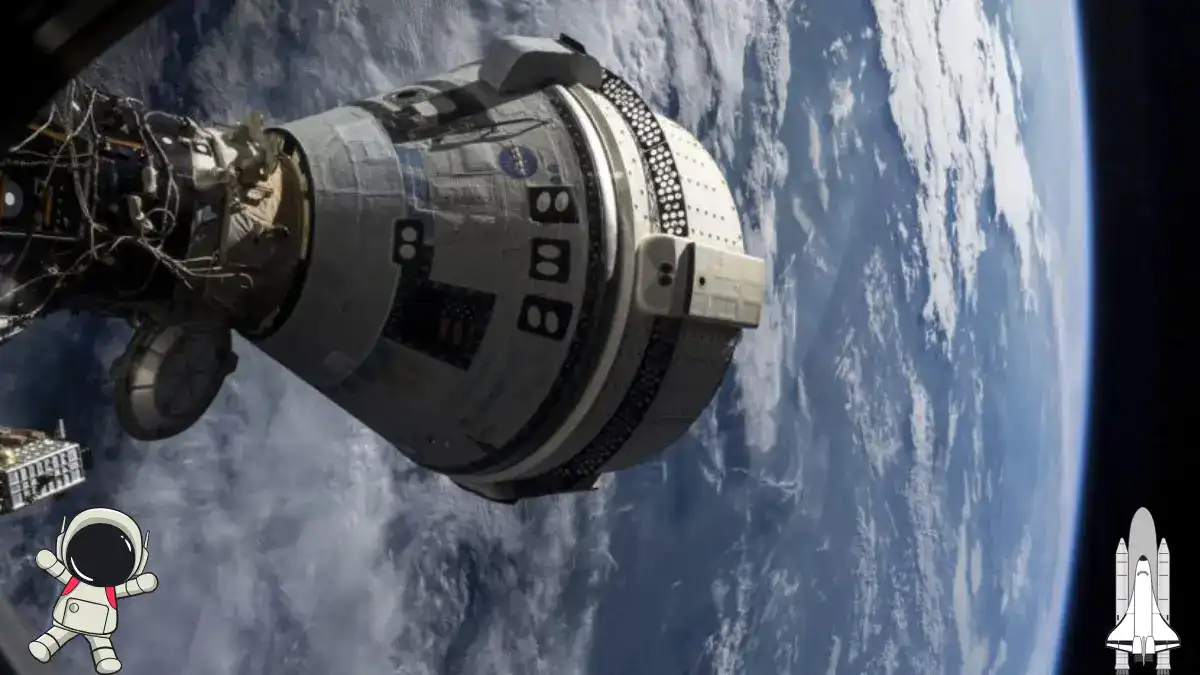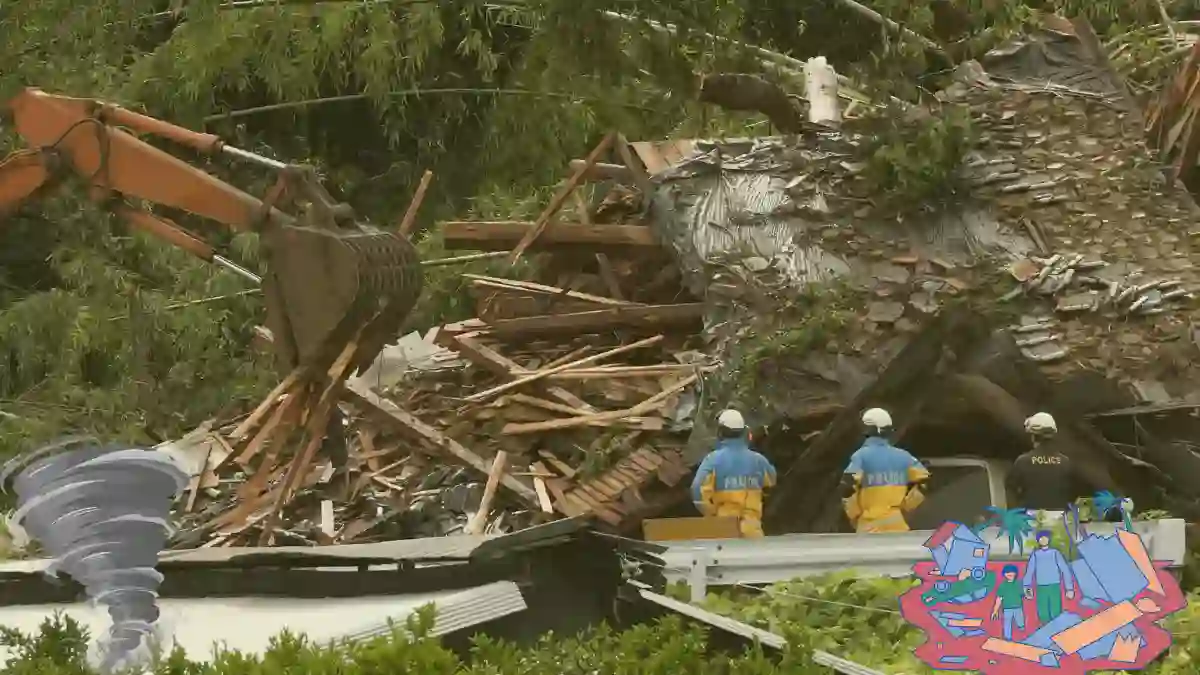
After a remarkable six months in space, NASA astronauts have safely returned to Earth from the International Space Station (ISS). The crew, who touched down after a successful mission, contributed to several important scientific studies that could impact life both in space and on Earth. What did these astronauts accomplish, and how might it benefit us here on the ground? Let’s dive into their mission and its potential effects on our future.
A Successful Journey Back to Earth
The NASA crew’s return marks the end of a challenging but rewarding journey. These astronauts have spent months floating miles above Earth, working together on advanced research projects and facing unique space-related challenges. The team’s safe return to Earth is a victory not only for NASA but for all the scientists, engineers, and families supporting them from below.
Important Research in Microgravity
One of the main goals of the mission was to conduct experiments in microgravity, an environment impossible to replicate on Earth. In space, gravity is nearly absent, which opens up new opportunities for research in fields like biology, physics, and even medicine. The astronauts studied how plants grow without gravity, how the human body reacts to long-term space exposure, and how certain materials behave in zero-gravity conditions.
Their findings could lead to better ways of growing food in space, which is crucial for future missions to Mars and beyond. This research may also help scientists develop new medicines and materials that could one day benefit people back on Earth.
Health Studies with Real-World Impact
During their stay on the ISS, the astronauts themselves became part of a health experiment. NASA closely monitored their bodies to understand the effects of long-term space travel on the human body. Astronauts experience muscle loss, bone density reduction, and even vision changes due to the lack of gravity. Learning more about these changes is essential for planning future missions that may last years, like trips to Mars.
By studying these changes, scientists hope to discover ways to keep astronauts healthy on longer missions. This research could also help improve health care on Earth, especially in fields dealing with muscle loss and bone health.
Technology Testing for Future Missions
Another key aspect of this mission was testing new technologies that could support future space exploration. The astronauts tested advanced robotic arms, communication tools, and life-support systems. These tools must work perfectly in space, so each mission brings NASA one step closer to making long-term human exploration in space safer and more sustainable.
These technologies could also find uses on Earth, particularly in disaster areas or remote regions where traditional equipment may not work as effectively. The ISS remains a unique testing ground where NASA and its international partners can innovate, develop, and refine technologies that could eventually benefit society on Earth.
The Road Ahead: What’s Next?
Now that the crew has safely returned, scientists will analyze the data and samples brought back from the ISS. This data will add to our growing understanding of life in space, helping prepare astronauts for longer missions in the future. As NASA pushes toward its goal of returning humans to the Moon and eventually sending people to Mars, each mission like this one adds crucial knowledge to help them succeed.
NASA’s work on the ISS is a reminder of how exploration in space can bring new insights to life on Earth. From health studies that could improve medicine to technologies that may help in unexpected ways, the research conducted by these astronauts impacts everyone. As we look forward to more exciting space missions, each step forward keeps us connected to the larger journey of discovery and human achievement in space.








